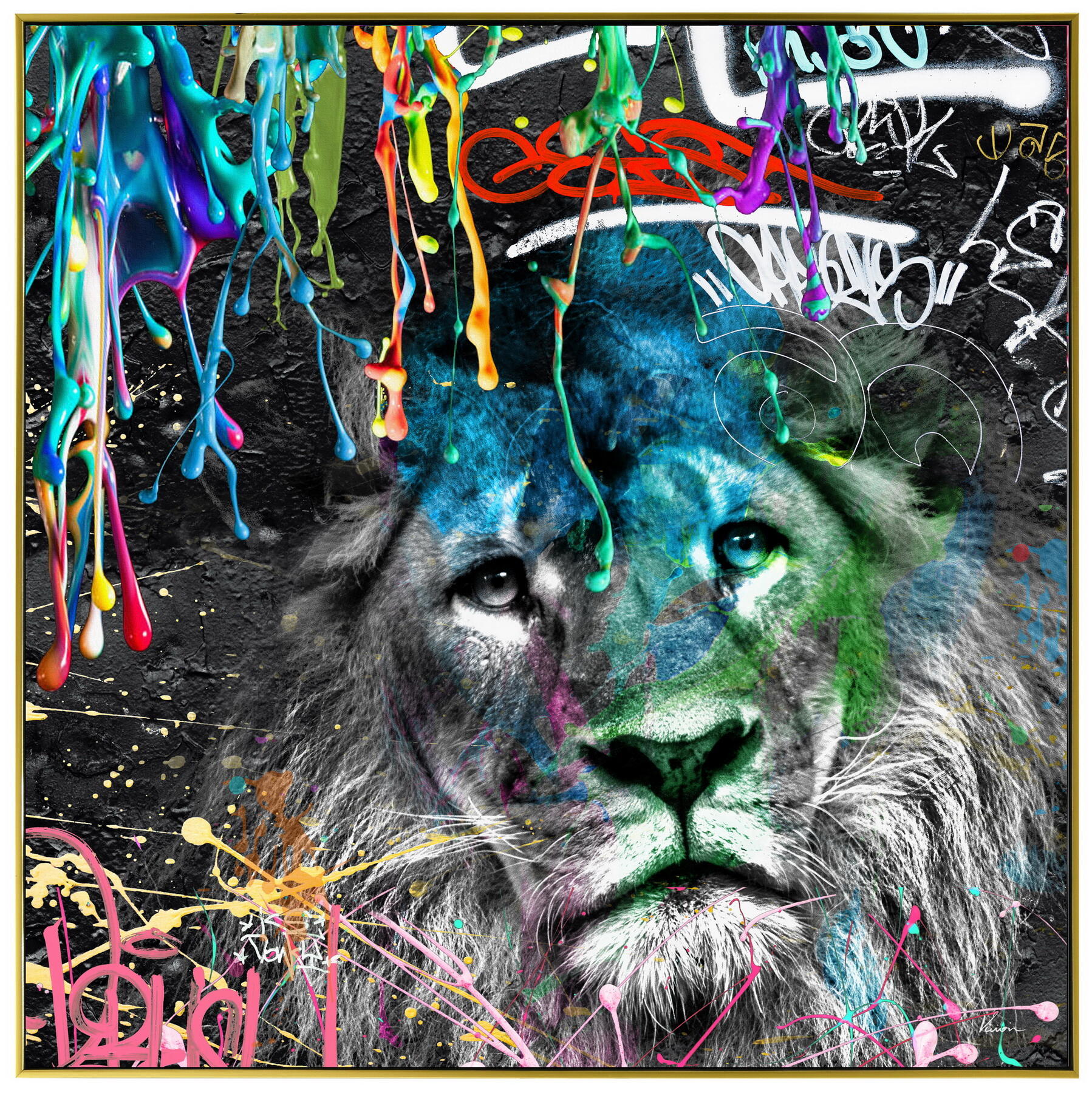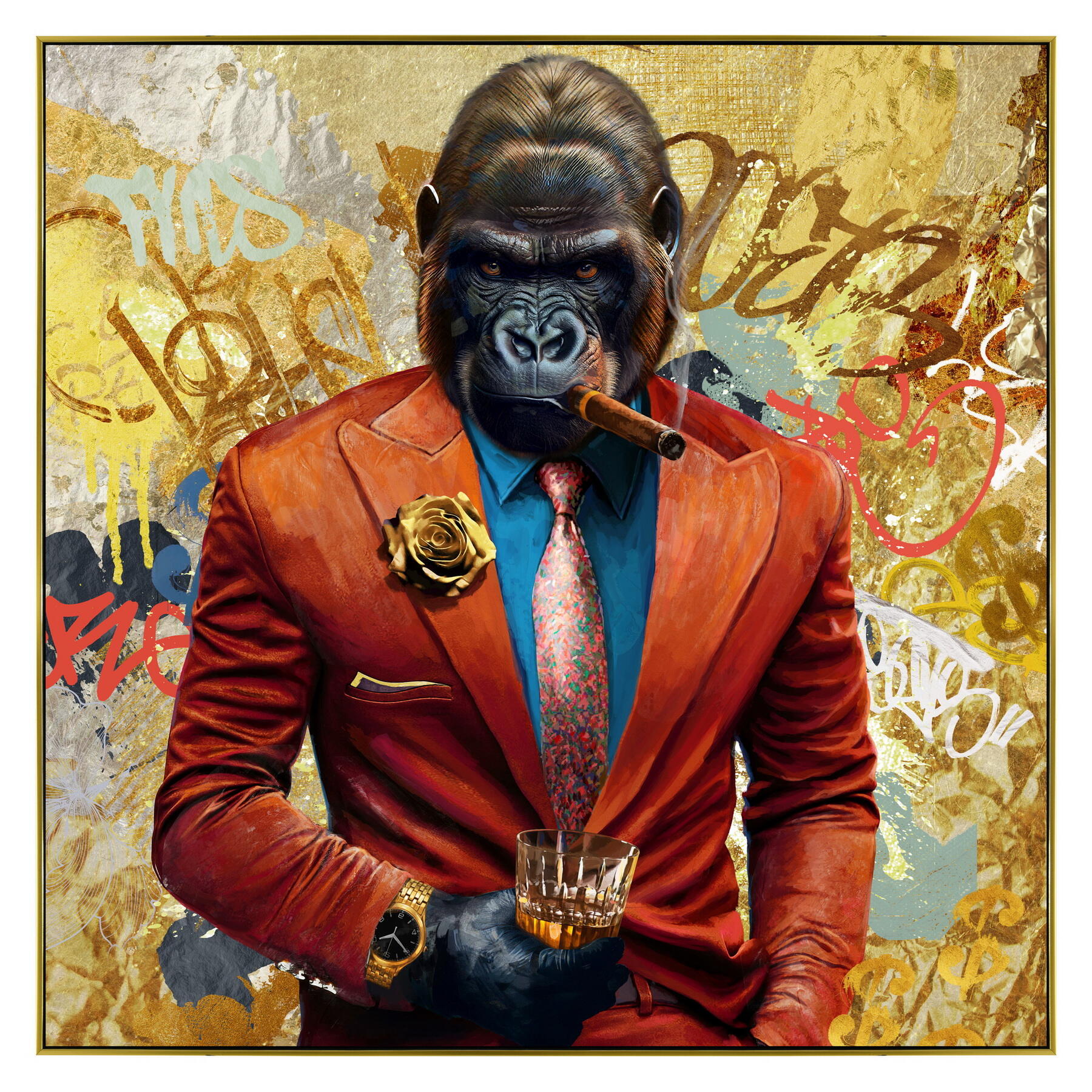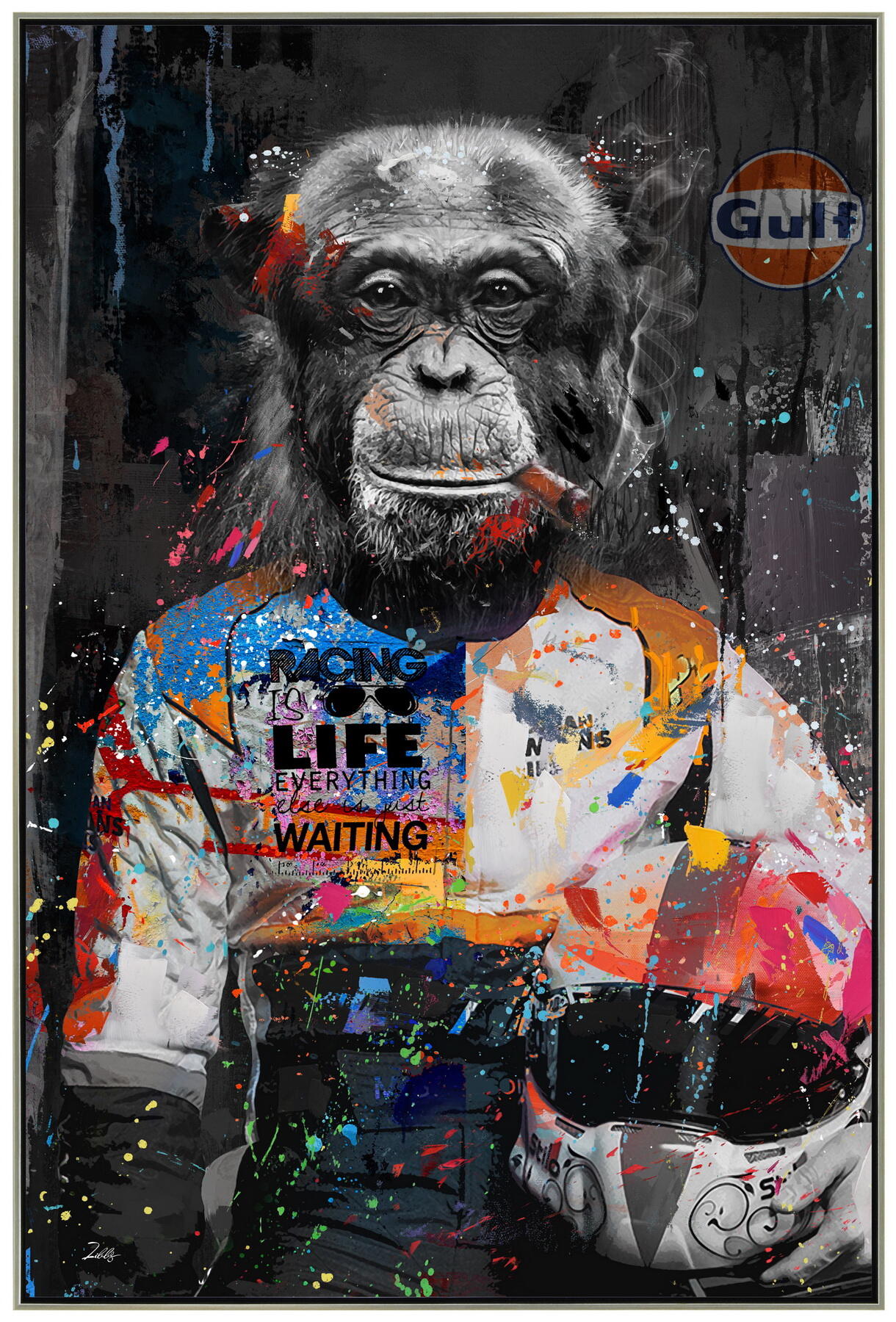painting animals
Painting animals represents a unique fusion of creative expression and natural representation that has captivated artists and audiences for centuries. This artistic practice involves the skilled application of various mediums, including watercolors, oils, acrylics, and digital tools, to capture the essence and character of animal subjects. Modern painting animals techniques incorporate advanced understanding of animal anatomy, behavior, and movement, allowing artists to create lifelike representations that resonate with viewers. The process typically begins with detailed observational studies, followed by preliminary sketches that establish composition and form. Artists must master specialized techniques for rendering different textures like fur, scales, or feathers, while also capturing the unique personalities and expressions of their animal subjects. Contemporary approaches often blend traditional methods with digital enhancements, enabling artists to achieve unprecedented levels of detail and realism. The practice extends beyond mere representation, often serving as a powerful tool for wildlife conservation awareness and educational purposes. Professional artists in this field frequently collaborate with natural history museums, wildlife organizations, and educational institutions to create compelling visual narratives that highlight the beauty and importance of animal life.


